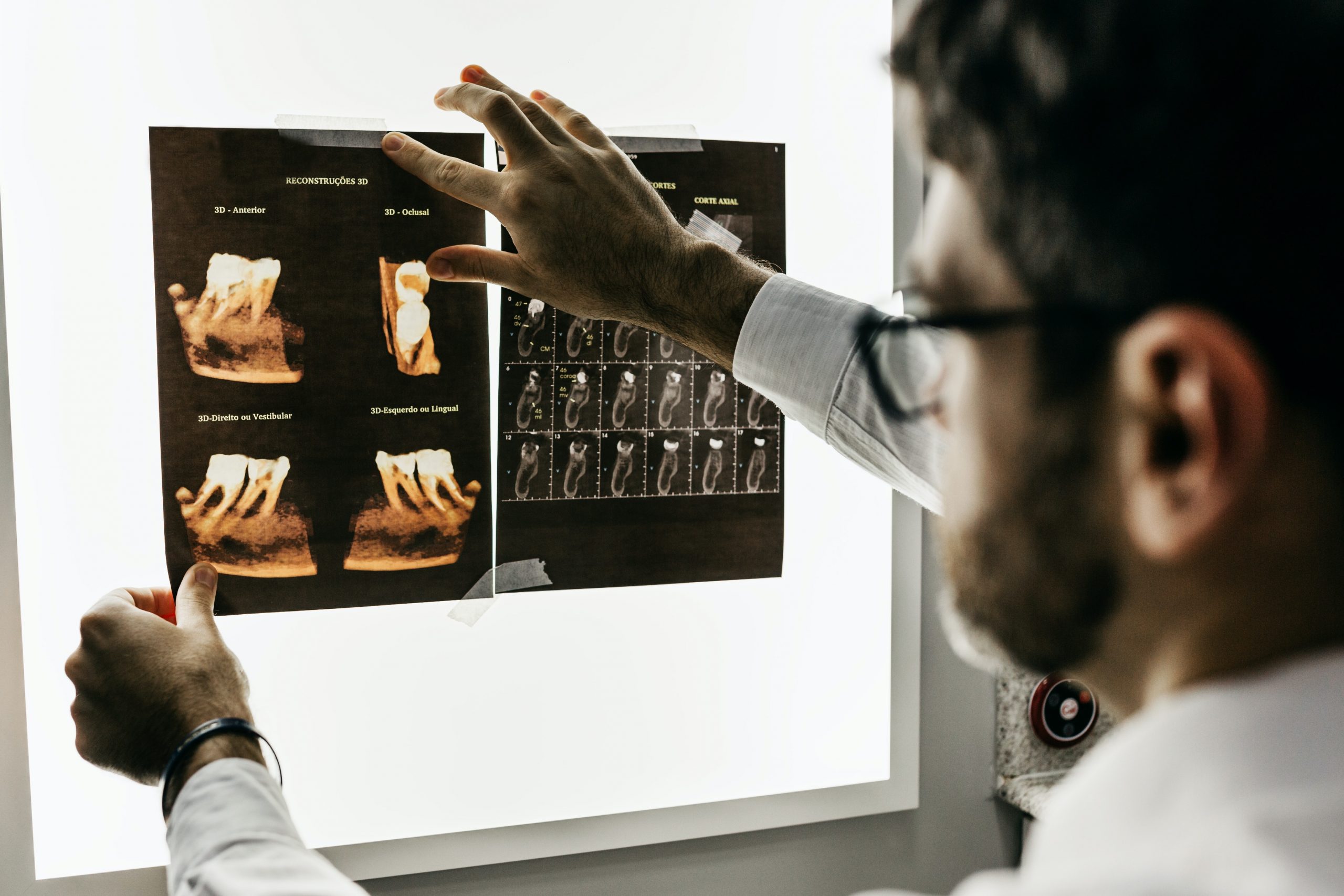
Dental Trauma In Children – Prevention And Treatment
Dental trauma is a common occurrence in children and can have a significant impact on their overall oral health. Trauma to the teeth can lead to fractures, dislodgement, or complete loss of the tooth, resulting in pain, discomfort, and a negative impact on the child's overall quality of life. It is important to take steps to prevent dental trauma in children and to seek prompt treatment when it occurs.
Prevention of Dental Trauma: Prevention is key when it comes to dental trauma in children. There are several measures that parents and caregivers can take to reduce the risk of dental trauma, including:
Wearing Protective Gear: Children who participate in contact sports or other activities where they may be at risk of facial trauma should wear protective gear such as mouthguards, helmets, or face shields. This can help to reduce the impact of trauma and protect the teeth and mouth from injury.
Avoiding Chewing on Hard Objects: Children should be discouraged from chewing on hard objects such as pencils or ice as this can lead to damage to the teeth, including fractures and chips.
Practicing Good Oral Hygiene: Good oral hygiene practices, including regular brushing and flossing, can help to maintain strong, healthy teeth and gums. This can reduce the risk of dental trauma caused by decay or gum disease.
Treatment of Dental Trauma: When dental trauma does occur, prompt treatment is essential to prevent further damage and to preserve the tooth. Treatment options will depend on the extent and severity of the trauma and may include:
Restorative Treatment: Restorative treatment such as fillings, crowns, or bonding can be used to repair chipped or fractured teeth. These treatments can help to restore the appearance and function of the tooth and prevent further damage.
Reimplantation: In cases where a tooth has been completely dislodged, reimplantation may be possible. The tooth must be kept moist and protected until it can be reimplanted, and prompt treatment is essential to ensure the best possible outcome.
Extraction: In cases where the tooth is severely damaged or cannot be saved, extraction may be necessary. This can prevent further damage to the surrounding teeth and gums and preserve overall oral health.
Conclusion: Dental trauma is a common occurrence in children, but there are steps that can be taken to prevent it, such as wearing protective gear, avoiding chewing on hard objects, and practicing good oral hygiene. Prompt treatment is essential when dental trauma does occur to prevent further damage and preserve the tooth. Parents and caregivers should be vigilant in monitoring children's oral health and seek prompt treatment when necessary to ensure the best possible outcomes.




